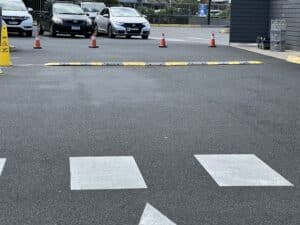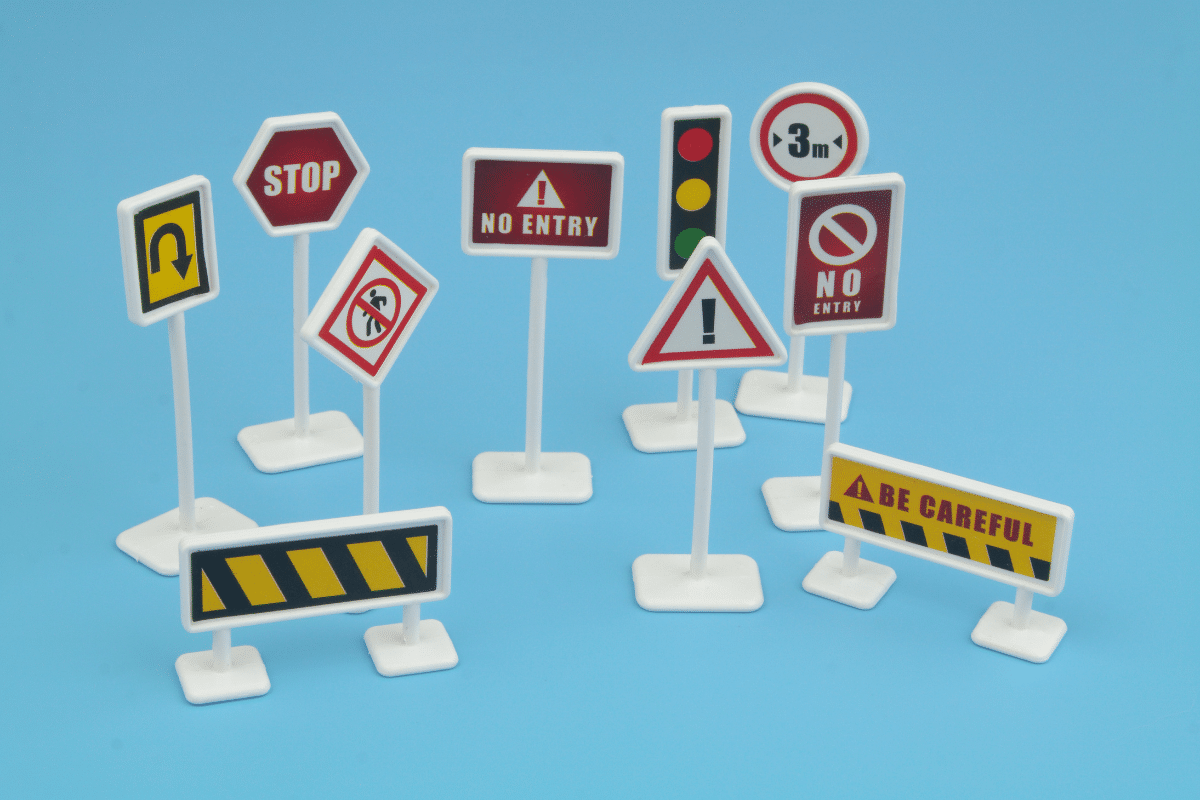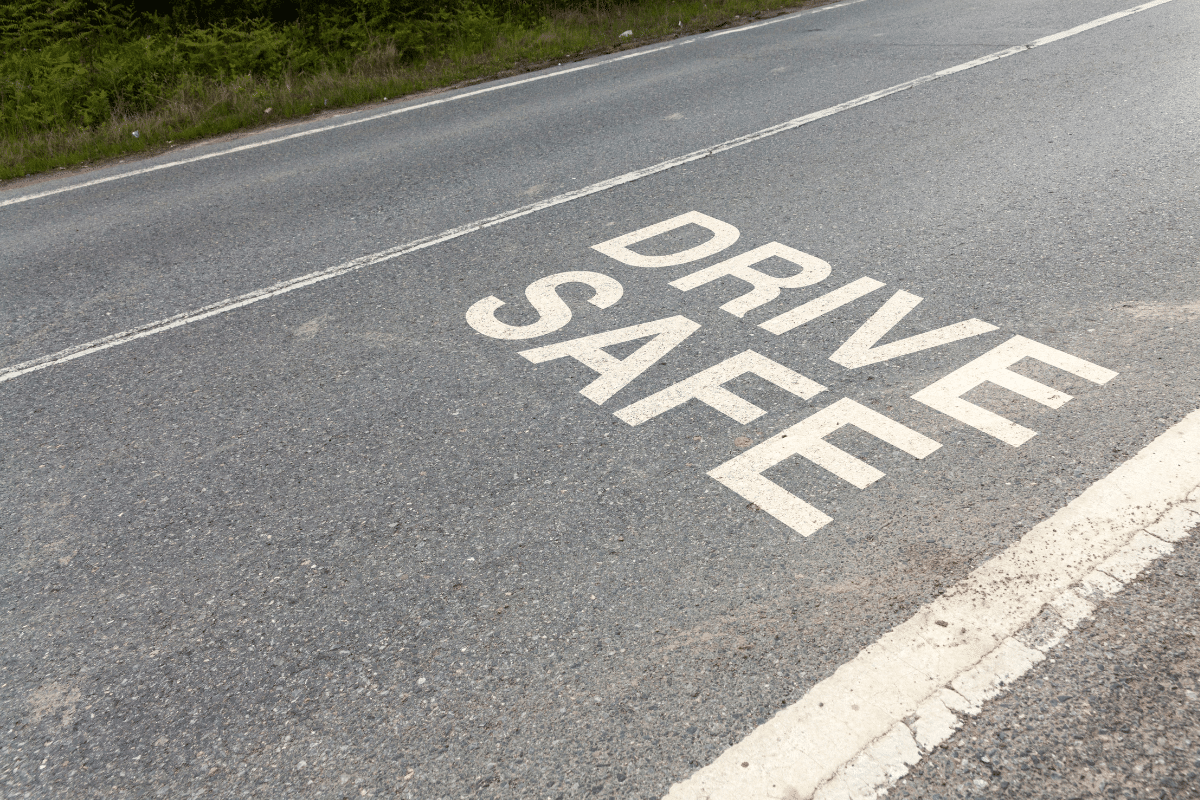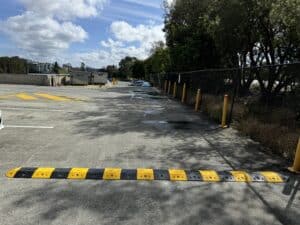

In a world where busy roads and bustling sidewalks are part of our daily lives, ensuring safety for both drivers and pedestrians is more crucial than ever. These problems are what the Road Safety Act is meant to fix. It will make the roads better for everyone, when either walking, riding or driving. Understanding the principles and regulations within this act can help communities work together towards safer roads. Let’s explore the Road Safety Act, how it impacts everyday life, and how innovative tools, like those we offer at SpeedHumpsAustralia, can play a part in enforcing these standards and protecting everyone on the road.

The Road Safety Act is a comprehensive law enacted to establish clear guidelines and requirements for road users, including drivers, cyclists, and pedestrians. This act aims to minimise road accidents, reduce fatalities, and ensure a higher road safety standard. The provisions within the act cover a wide range of topics, from speed limits and vehicle regulations to pedestrian crossings and specific road safety measures.
Through this act, governments set enforceable rules that dictate acceptable behaviour on roads and prescribe penalties for non-compliance. These rules emphasise responsible driving, but they also prioritise installing road safety devices to improve pedestrian security and prevent dangerous incidents in high-traffic areas.
The Road Safety Act consists of several crucial provisions, each tailored to address specific areas of road safety. Here’s a closer look at some of the most notable aspects:
While the Road Safety Act provides a solid legal foundation for safe road practices, additional measures like traffic-calming devices can enhance road security for drivers and pedestrians. Devices like speed humps and wheel stops serve as practical tools to manage traffic flow, reduce speeds, and provide designated stopping points. At Speed Humps Australia, we offer a range of solutions tailored to support the Road Safety Act’s mission by making high-traffic areas safer and more manageable.
Speed Humps: Speed humps are meant to slow down cars in places where going too fast could be dangerous, like in neighbourhood areas, school zones, and parking lots. By installing speed humps, communities can enforce speed control without constant monitoring, ensuring drivers adhere to safe speeds. Our speed humps are crafted with high-quality materials, guaranteeing durability and long-term effectiveness in promoting compliance with speed limits.
Wheel Stops: Wheel stops are another valuable addition to road safety. They are instrumental in parking lots and areas where vehicles need designated stopping points. Wheel stops help prevent accidental overruns and collisions, keeping pedestrians safe and reducing vehicle damage. Like speed humps, our wheel stops are designed to withstand significant wear, making them a reliable choice for any area needing extra traffic control.

Road safety is not just a matter for highways and public roads; it also extends to business premises, residential complexes, and recreational facilities. The Road Safety Act influences how businesses and residential communities design parking lots, entrances, and walkways to prevent accidents and protect vehicle users and pedestrians.
In business areas, the installation of traffic-calming devices like speed humps and wheel stops is often required by law to manage the flow of traffic. These devices ensure vehicles do not speed through parking lots and that drivers park within designated spaces without risking pedestrian safety. Residential areas, particularly those with playgrounds or schools nearby, also benefit from implementing these safety measures, creating a secure environment for families and children.
Enforcing the Road Safety Act is only part of improving road safety. Education is vital in teaching drivers, cyclists, and pedestrians about their responsibilities. Public awareness campaigns, driver education programs, and school initiatives significantly reduce road accidents and promote safer practices.
For instance, educating new drivers about the consequences of speeding and the importance of observing pedestrian rights can instil lifelong habits that align with the Road Safety Act. Pedestrian education, particularly in schools, teaches children about using crossings and staying aware of their surroundings, making them less vulnerable to accidents.
Technology is a powerful ally in enforcing the Road Safety Act. Advanced driver-assistance systems (ADAS), such as lane-keeping assistance, automatic braking, and pedestrian detection, are becoming standard in many vehicles. These technologies assist drivers in maintaining safe driving practices, especially in high-risk situations, by alerting them to potential hazards and, in some cases, automatically preventing accidents.
Moreover, traffic monitoring systems using cameras and sensors can help enforce speed limits and other road rules in real-time. By integrating these technologies, cities can more effectively uphold the Road Safety Act’s provisions and create safer roads for everyone.
At Speed Humps Australia, we’re dedicated to supporting the principles of the Road Safety Act through our extensive range of traffic control solutions. We believe that effective road safety measures extend beyond penalties and regulations—they require proactive tools and solutions that encourage safe behaviour in high-traffic areas. From quality speed humps to reliable wheel stops and rumble bars, our products are designed to complement the Road Safety Act’s goals by promoting safety for both drivers and pedestrians.
Through well-engineered products, we assist businesses, schools, residential complexes, and local governments in creating environments where traffic flows smoothly and everyone feels secure. By working with us, communities can gain access to the tools needed to effectively manage traffic and enhance safety standards for all road users.
The Road Safety Act is essential for setting and maintaining road safety standards. Its goal is to lower accident rates and keep cars and pedestrians safe. However, road safety requires the collective effort of individuals, businesses, and government agencies. Compliance with the act’s provisions, coupled with the use of practical tools like speed humps, rumble bars and wheel stops, makes a meaningful difference in reducing road hazards.
Creating a safe road environment is about understanding and respecting the rights of all users. With continued education, technological advancements, and the proactive implementation of traffic-calming solutions, society can achieve a safer future for everyone on the road.
Whether you’re a driver, a pedestrian, or a business owner, understanding and adhering to the Road Safety Act’s principles contributes to a safer, more responsible world. As we continue to support these efforts at Speed Humps Australia, we invite communities to join us in making roads safer, one measure at a time.



For 10 years, our focus has been on one thing: to provide one style of product and to do it well.
Our wheel stops, speed humps and rumble bars meet Australian Standards, don’t fade, and we’ve never needed to replace one.

For 10 years, our focus has been on one thing: to provide one style of product and to do it well.
Our wheel stops, speed humps and rumble bars meet Australian Standards, don’t fade, and we’ve never needed to replace one.